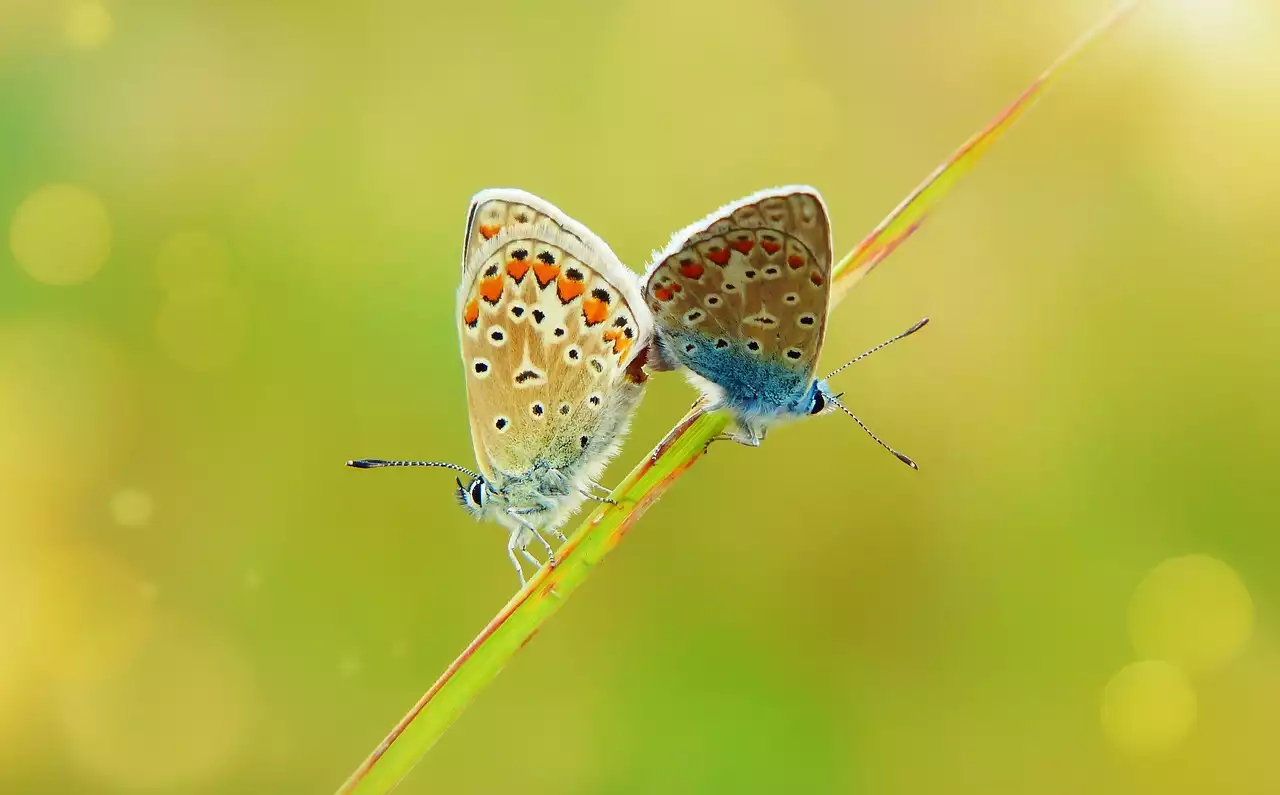The huntsman spider, like any other spider, is a wonderful creature to have as a pet. They are very smart, interactive and friendly. However, the huntsman spider isn’t the easiest pet to have. They are arachnids after all. You see, these spiders are not just creepy crawlers, they’re also known for their great climbing skills and speed in which they can run across the ground to avoid danger or capture prey. Huntsman spiders grow up to about 8 inches long from leg tip to leg tip if you keep them well-fed and happy. However, you will need an enclosure that’s larger than that because they have hinged jaw pincers called chelicerae that extend up to an additional 5 inches when threatened or capturing prey. We recommend reading this article to find out more.
Why you shouldn’t get a Huntsman Spider as a pet
The first reason you shouldn’t get a Huntsman Spider as a pet is because they are too large. You won’t be able to fit it in a tank or enclosure that’s appropriate for its size. You also shouldn’t get a Huntsman Spider as a pet if you have young children or other pets in your household. You want to make sure the spider is in a safe enclosure and that your family members know not to disturb it. If they are not familiar with how to handle a spider, they can get bitten. Huntsman Spiders are also very messy creatures. They are also very sensitive to changes in their environment, so you must have the correct conditions in order to keep one healthy. They are also nocturnal, so you may not get to see them very often during the day.
The Pros of having a Huntsman Spider
The pros of having a huntsman spider as a pet are many. First, the huntsman spider is one of the most beautiful and colorful spiders to have as a pet. Also, they are very interactive and friendly. They will walk around on their legs and climb on you, your hand, or anything else they can reach. You can also interact with them by gently stroking their legs or carapace. Huntsman Spiders are also very easy to care for as long as you provide them with the right food and proper environment. You can feed them crickets, mealworms, or wax worms. You will have to change the food and water daily to prevent bacteria from growing. You’ll also want to remove the waste and any uneaten food daily to keep the enclosure clean.
How to care for your Huntsman Spider pet
- The enclosure: Your spider will need an enclosure that’s large enough for it to move around and climb on top of. You also don’t want the enclosure to be too light or too dark. A good option would be to get a fish tank or aquarium and line it with a screen. You can also use a plastic container as long as you have holes in the lid to allow air flow.
- The temperature: The temperature inside your enclosure will depend on the type of huntsman spider you have. The Australian and Chinese huntsman spiders prefer a temperature between 72-84 degrees Fahrenheit. The Jamaican huntsman spider prefers a temperature between 74-82 degrees Fahrenheit, while the tropical huntsman spider prefers a temperature between 80-88 degrees Fahrenheit.
- The humidity: The humidity inside your spider’s enclosure must be around 60-70% with a substrate that is kept moist. You can spray the enclosure daily with water, or you can use a substrate such as coconut fiber or sphagnum moss.
- Food and water: You will have to provide your spider with a source of clean fresh water at all times. You can feed your spider crickets, mealworms, or wax worms. Remove the uneaten food and any waste daily to keep the enclosure clean.
Things to be aware of when raising a Huntsman Spider pet
- Handling: You must wear gloves when handling your spider in order to avoid getting bitten. You can also use tweezers or a spoon to scoop it up if you don’t want to touch it with your hands.
- Biting: Like most spiders, the huntsman spider is venomous. However, it isn’t fatal and doesn’t cause any lasting harm. You will only feel a stinging sensation. However, it’s best if you wear gloves when handling your spider.
- Temperature and humidity change: You must be careful not to change the temperature or humidity too quickly. If you do, it will stress out your spider and cause it to die.
- Handling your spider too often: You must be careful not to handle your spider too often because it will get used to being handled and may lose its natural instinct to flee.
Conclusion
The huntsman spider is a wonderful pet for someone who has the time and patience to care for one. They are very interactive and excellent climbers. You can have your huntsman spider climb on your wall or on a climbing tree to get it off the ground. A huntsman spider is a beautiful and colorful spider that is great to have around the house.


 Henry Fonda a Hollywood Movie Legend
Henry Fonda a Hollywood Movie Legend
 Japanese Fashion and Traditional Patterns
Japanese Fashion and Traditional Patterns
 The Most Popular Valentine's Gifts
The Most Popular Valentine's Gifts The Easy to Care for Crab Spider
The Easy to Care for Crab Spider The Costa Rican Zebra Tarantula
The Costa Rican Zebra Tarantula Keeping a Fishing Spider at Home
Keeping a Fishing Spider at Home How to Care for a Chilean Rose Spider
How to Care for a Chilean Rose Spider